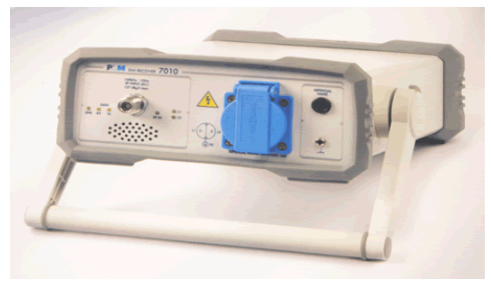How to reduce noise and electromagnetic interference?
Communication electronics not only include the above three items: RE, CE, ESD, and Surge--surge (lightning, thunder) medical devices are the most prone to problems: ESD--static, EFT--transient pulse anti-jamming , CS--conduction anti-interference, RS--radiation anti-interference.
For dry areas, the ESD--static requirements of the product are high. For the thunder area, the EFT lightning protection requirements are very high.
(1) The printed board is divided according to the frequency and current switching characteristics, and the noise component is farther away from the non-noise component.
(2) The resistance of the upper and lower edges of the control circuit can be reduced by using a string of resistors.
(3) Try to provide some form of damping for relays, etc.
(4) The clock generator is as close as possible to the device using the clock. The quartz crystal oscillator housing should be grounded.
(5) Circle the clock area with the ground wire and keep the clock line as short as possible.
(6) Noise-sensitive lines should not be parallel to high current, high-speed switching lines.

(7) The I/O driver circuit should be as close as possible to the side of the board so that it leaves the board as soon as possible. The signal entering the printed board should be filtered, and the signal from the high noise area should be filtered. At the same time, the signal of the string termination is used to reduce the signal reflection.
(8) The MCD useless terminal should be connected to the ground, or defined as the output terminal. The end of the integrated circuit should be connected to the power supply ground. Do not hang it.
(9) Use the lowest frequency clock that meets the system requirements.
(10) Do not hang the input terminal of the unused circuit. The unused input terminal is grounded and the negative input is connected to the output.
(11) The printed board should use 45-fold lines instead of 90-fold lines to reduce the external transmission and coupling of high-frequency signals.
(12) Single-panel and double-panel single-point power supply and single-point grounding, power supply line and grounding wire are as thick as possible. If the economy is affordable, use multi-layer board to reduce the power supply and grounding inductance.
(13) The clock, bus, and chip select signals should be kept away from the I/O lines and connectors.
(14) Try to use low-speed chips, high-speed chips should be used in key places.
(15) The analog voltage input line and reference voltage terminal should be as far as possible from the digital circuit signal line, especially the clock.
(16) For A/D type devices, the digital part and the analog part are more uniform and do not cross.
(17) The clock line is perpendicular to the I/O line and has less interference than the parallel I/O line. The clock component pins are far from the I/O cable.
(18) The component pins are as short as possible, and the decoupling capacitor pins are as short as possible.
(19) Do not form a loop for any signal. If it is unavoidable, make the loop area as small as possible.
(20) The key lines should be as thick as possible and with protective ground on both sides. The high speed line should be short and straight.
(21) Do not route under the quartz crystal and below the noise sensitive device.
(22) Weak signal circuit, do not form a current loop around the low frequency circuit.
(23) One decoupling capacitor per integrated circuit. A small high frequency bypass capacitor is added to each electrolytic capacitor.
(24) Use a large-capacity tantalum capacitor or a condenser capacitor instead of an electrolytic capacitor for the circuit to charge and discharge the storage capacitor. When using a tubular capacitor, the housing should be grounded.
If you want to know more, our website has product specifications for accessories, you can go to ALLICDATA ELECTRONICS LIMITED to get more information

